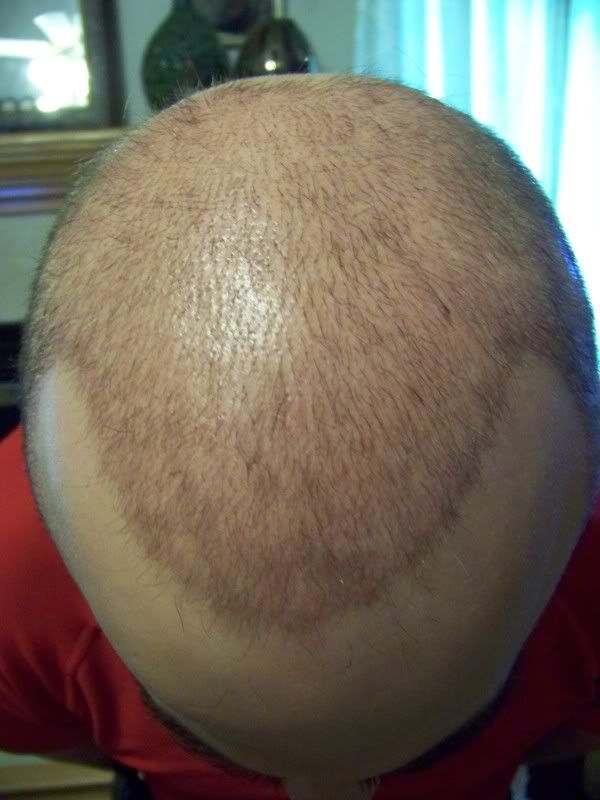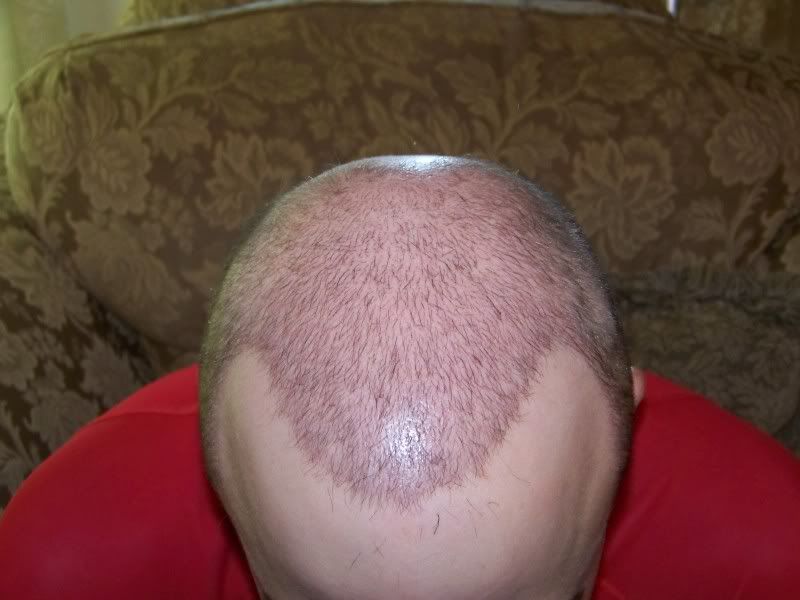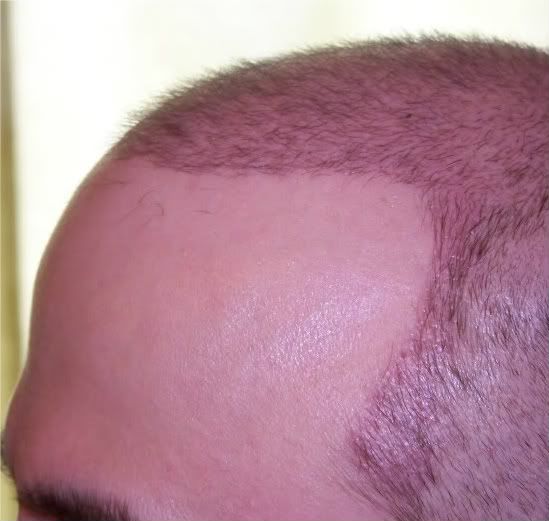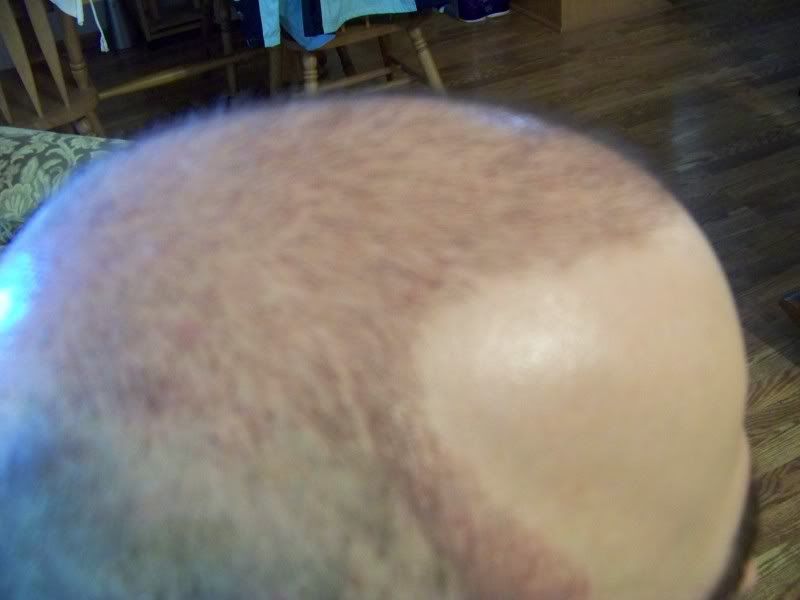As its name implies, single strip harvesting is the method by which a single strip of hair-bearing scalp is carefully, indeed, painstakingly, excised from the donor area; the strip is then broken down into its smallest functional units, or follicular units. Before single strip harvesting came to the fore in recent years, older, infinitely more wasteful methods were employed.
The first of these was the circular, punch grafts of yore, which have little to recommend them save their simplicity (they are essentially biopsy punches), and the ease with which they were directly placed into correspondingly circular holes in the recipient area.
Next, ingenious surgeons devised multi-bladed scalpels; three or more (sometimes many more) blades, attached to a handle, were oriented parallel to one another, and many thin, narrow, long strips could be excised with one pass of the scalpel.
These strips could then be placed flat on their sides and sliced into small mini- and micro-grafts, with little or no concern for follicular unit integrity. This, however, was not the only drawback; transaction rates were generally rather high, and were even higher when more blades were used. So time was saved, but lots of valuable follicles were wasted.
What we know as single strip harvesting overcomes many of these disadvantages. Using two passes with a single blade, or a single pass with a double-bladed knife, an elongated strip is excised. It is possible, with careful technique, to achieve transaction rates of less than 2% (this means that fewer than two FUís per 100 are sliced in two).
It is estimated that transaction rates as high as 30% occur with the use of multi-bladed scalpels. Letís do the math. If the patient needs 1000 grafts, then an area containing 1300 grafts would need to be removed just to account for wastage and still produce 1000 intact FUís. If 2000 grafts were needed, 600 would need to be wasted! This is of serious import when we deal with a limited, finite amount of donor hair.
This leads us to a discussion of graft dissection. One of the reasons many surgeons have used multiple strip harvesting with multi-bladed scalpels, is that an intact, single strip presents a number of difficulties in dissection. It is too thick to place on its side or to shine light through (transilluminate) in order to visualize the individual FUís.
Therefore, thin, multiple strips lend themselves to rapid, albeit inefficient, slicing of grafts. We feel, however, that the degree of wastage is unacceptably high, both during the strip harvest, and during graft preparation.
To avoid these problems, the techniques of stereo-microscopic "slivering" and dissection are utilized. As soon as the donor strip is harvested, the slivering process begins. This is extremely painstaking; the strip is divided into small "slivers", each one FU wide.
These are then laid flat on their sides, and, also under the microscope, the individual FUís are carefully sliced out and trimmed of excess connective tissue and fat. During this process, the grafts are suspended in a physiologic saline solution and kept chilled; this insures their viability and health while they are "out of body". They are separated into one, two, three and four hair FUís, according to their natural occurrence, and then carefully placed into the recipient sites.
We feel strongly that follicular unit transplantation is the state of the art in hair restoration surgery. Older techniques are easier and more lucrative for the surgeon, require a smaller operative team, and may be easier to "sell" with the false promise of higher density. Follicular unit transplantation, done with single strip harvesting and stereo-microscopic slivering and dissection, requires patience, a large team, and meticulous work by the surgeon and assistants.
Despite these demanding criteria, we are committed to using and refining this technique; in one or two sessions, patients can achieve results that are natural, undetectable, and will stand the dual tests of time and of advancing baldness.




 Reply With Quote
Reply With Quote














Bookmarks